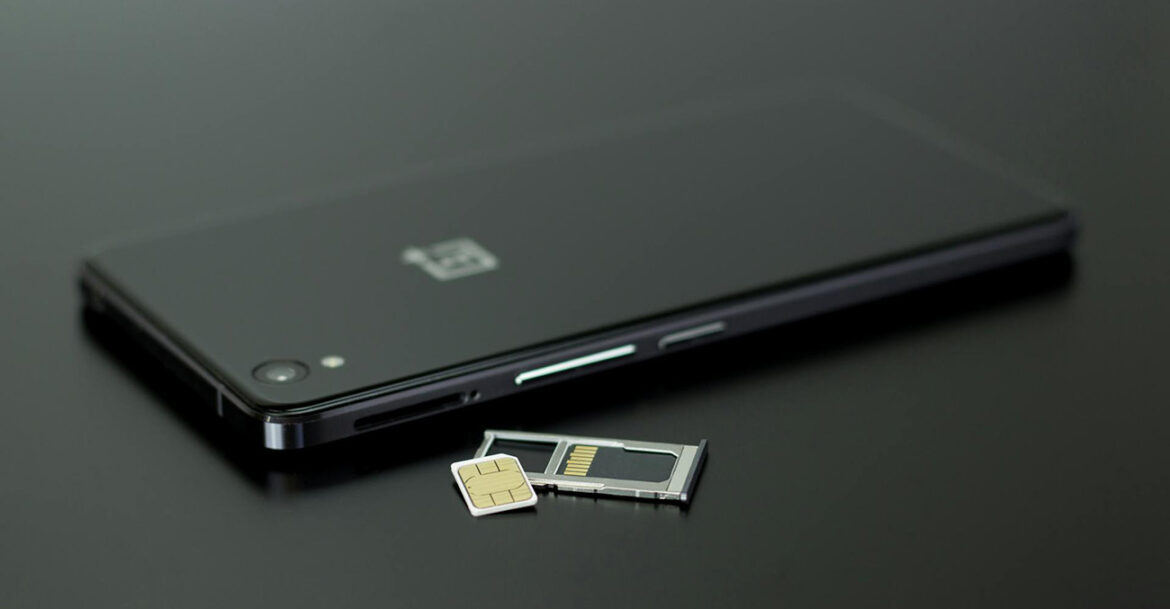It’s a moment many of us dread—your phone slips, hits the ground, and suddenly displays “No SIM card detected.” It’s frustrating, especially when you rely on your phone daily.
Having worked in tech support for years, I’ve seen this issue countless times—and the good news is, it’s often fixable at home. Whether your Android or iPhone is saying “No SIM,” this guide will help you get back online.
Why Your Phone Says “No SIM Card Detected”
After a drop, this error usually points to one of the following:
- Dislodged SIM card: The impact may have shifted the SIM, disrupting contact with the phone’s connectors.
- Damaged SIM tray: A bent or broken tray can prevent proper contact.
- Faulty SIM card: The card’s gold contacts may be scratched or internally damaged.
- Software glitch: A fall can cause temporary software issues.
- Internal hardware damage: Impact may affect components that read the SIM.
- Airplane Mode: Accidentally toggled on, it disables the SIM.
- Network issue: Rarely, the issue is with your provider or account status.
How to Fix It
Try these steps before heading to a repair shop:
1. Restart Your Phone
Simple but effective for software glitches.
- Android: Hold power > Tap “Restart.”
- iPhone: Hold power > Swipe off > Turn back on.
2. Reinsert the SIM Card
Power off your phone. Use a SIM tool or paperclip to remove the tray. Check for damage or dirt and clean the SIM with a dry cloth. Reinsert carefully.
Tip: Placing a small piece of paper under the SIM can help if the tray is slightly loose—use this as a temporary fix only.
3. Toggle Airplane Mode
- Android: Swipe down > Tap Airplane Mode on/off.
- iPhone: Settings > Airplane Mode toggle.
4. Reset Network Settings
This resets Wi-Fi, mobile data, and Bluetooth settings—but not your files.
- Android: Settings > System > Reset > Reset Network Settings.
- Samsung: General Management > Reset > Reset Network Settings.
5. Update Software and Carrier Settings
Outdated software or settings can interfere with SIM detection.
- Android: Settings > System > Software Update.
- iPhone: Settings > General > Software Update.
Also check for Carrier Settings Update under the same menu (iPhone only).
6. Test Another SIM Card
Insert a working SIM. If it’s detected, your original card may be faulty. If neither SIM works, the phone might be the issue.
7. Check Your Account
Make sure your mobile plan is active and hasn’t been suspended.
8. Factory Reset (Last Resort)
Back up your data first—this erases everything.
- Android/iPhone: Look for the reset option under “System” or “General Management.”
9. Seek Professional Repair
If all else fails, it’s time for a technician. They can check for hardware issues like a damaged SIM tray or faulty baseband chip (especially on iPhones).
Prevent It from Happening Again
- Use a Protective Case: Reduces drop damage.
- Insert SIMs Carefully: Avoid force or improper alignment.
- Avoid Dropping Your Phone: Be mindful during use.
- Keep it Clean: Dry, clean hands prevent dirt or oil buildup on the SIM.
Bonus: Recover Data After a Drop
If your phone is unresponsive or corrupted, tools like AnyRecover for Android can retrieve lost photos, contacts, and more—even without a backup.
A dropped phone showing “No SIM” can be alarming, but it’s usually fixable. Follow these steps to troubleshoot, and if needed, get professional help. Most importantly, protect your device to avoid future problems.
